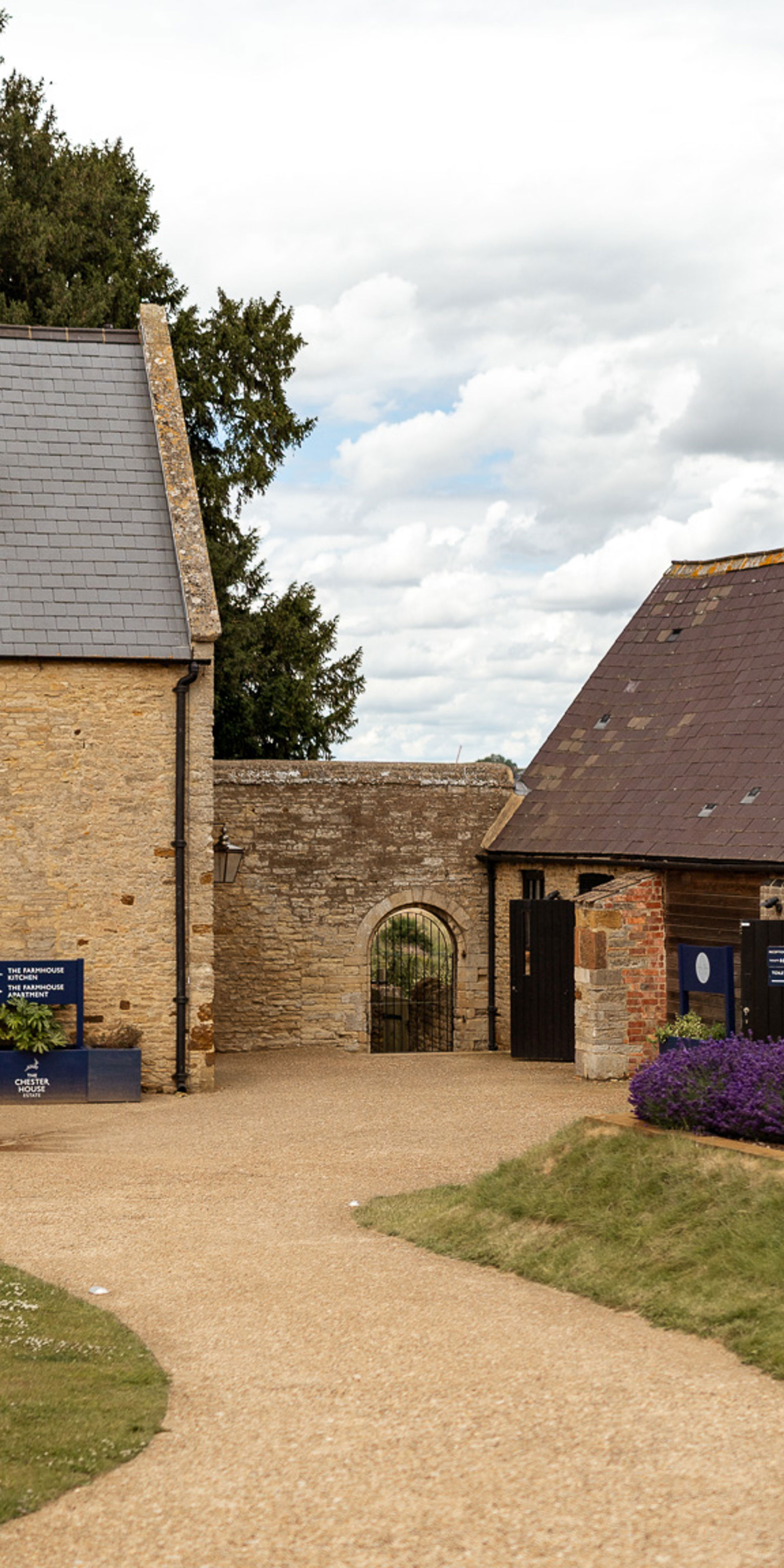Saxon
The period after the end of Roman rule is sometimes called the ‘Dark Ages’ and while this is a misleading term, it is a period for which archaeological evidence is often very slight. The speed of decline of the Roman town and the movements of its occupants are uncertain.
It is possible that the population in the town declined as some people moved out onto the land. Others may have stayed and continued to use the same artefacts over a period. So it is hard to prove what happened merely though the lack of survival of new objects or new coins - the town may have continued in use for a number of generations.
A possible post-Roman structure was found during excavations within the town in the 1960s but its precise plan and form was not clear. A further building of this period was found during the construction of the warehouses to the west of the site. The evidence comprised a rectangular pit 2.8 x 2.2m and 0.15m deep, a characteristic early-middle Saxon building form.
Buildings of this sort are erected over the pit and have been given the technical name of ‘grubenhaus’. This example, just outside the current Chester Farm site, contained a lot of Roman artefacts but also 20 pieces of pottery of a distinctive early to middle Saxon type (450-850AD). It is possible that evidence of further such structures may be found in future excavations, though sadly the evidence is often destroyed by later ploughing.
What did a Saxon building look like?
See a 3D model of a typical saxon building below. Please ensure you use the most up-to-date browser or mobile device available for the best user experience. Model by Lewis Sanderson from The University of Northampton - contact: Lewis.Sanderson@northampton.ac.uk.


